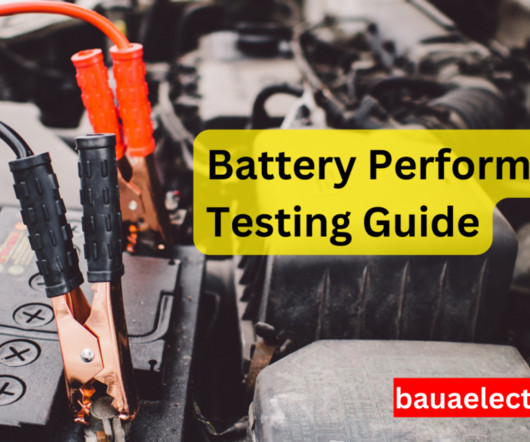Fossil Fuels Renewable Energy and EV Modern Life
Setec Powerr
DECEMBER 5, 2022
They pollute less than vehicles powered by the internal combustion engine. That is the only comparison that matters. These vehicles are technologically superior to vehicles powered by internal combustion engines. They need less maintenance and have already proven their attractiveness in the marketplace.













Let's personalize your content